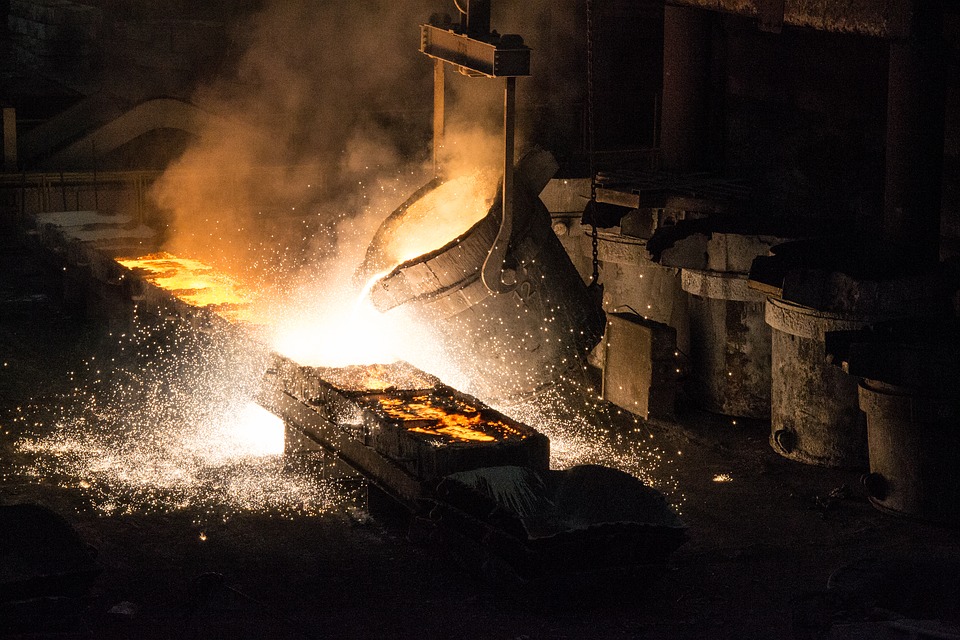Alloy Steel and it's most common types that are used in the industry
by Dinesh
Posted on June 25, 2018 at 3:40 PM

Alloy Steel incorporates some amount of alloy elements to manipulate the property of steel like corrosion resistance, hardness, formability, strength, ductility or weldability. However, the most frequent alloying elements are molybdenum, chromium, nickel, copper, silicon, manganese and many others in the steel production. At Amardeep Steel Centre, There are numerous combinations of alloy steel & concentrations in prevalence in today's manufacturing industry as every combination is developed to meet specific qualities.
High-alloy steel type is preferred in the piping industry for serving in high conditions irrespective of cold or hot conditions. The alloying element is available with improved corrosion resistance for the steel pipes so it is preferred as the best option for the chemical firms. The oil & gas industry also prefer alloy pipes owing to its rigidness.
Types Of Alloy Steel:
Low Alloy Steel:
The low-alloy steel has decreased the percentage of alloy elements which is typically 1-5%. These types of steel seem to have varying strengths & use according to the selected alloy. Most diameter flanges manufacturers normally select alloy for the sake of appropriate mechanical property. The difference in potential alloy creates low-alloy steel quite useful for wide range of projects including studying outlet manufacturing and faultless rolled ring forging.
High-Alloy Steel:
The high-alloy steel is stated by a higher percentage of alloy elements. The most common high-alloy steel is known to be stainless steel that includes about 12% chromium. The stainless steel is divided into 3 basic types such as austenitic, ferritic and martensitic. The martensitic steel comprises a lesser amount of chromium and is generally preferred for cutlery because of its high hardenability. In addition to that, Ferritic steel comprises of 12-27% chromium & are usually preferred in industrial equipment and automobiles. The Austenitic steel comprises a higher level of carbon, nickel, nitrogen or manganese & it is utilized to save corrosive liquids & mining, pharmacy equipment, and chemical.
Tool Steel:
As the name indicates, tool steel is widely preferred in the field of tools construction industry. This kind of steel is highly noted for its rigidity & hence employed to developed tools which can easily cut & shape various metal products easily. Common applications of this steel include mold making, cutting, and other impact applications. This steel is found widely in the hammer. It is extremely easier to use and cheaper in cost. They are highly noted for its incredible toughness, strong, resistant to corrosion and ductile. To gain these qualities in them, these steels comprise extreme concentrations of alloy elements & are treated precisely.
Carbon Steel:
These steels are differentiated by different means such as medium carbon steel, high carbon steel and low carbon steel. Medium carbon steel is highly rigid compared to low carbon steel how it is quite hard to work with. Low carbon steel belongs to the largest group which covers everything from the process of sheet metal to the structural beams & steel strapping. Structural steel usually has extreme carbon level. At last, high carbon steel is very hard to work in because of its brittle nature.